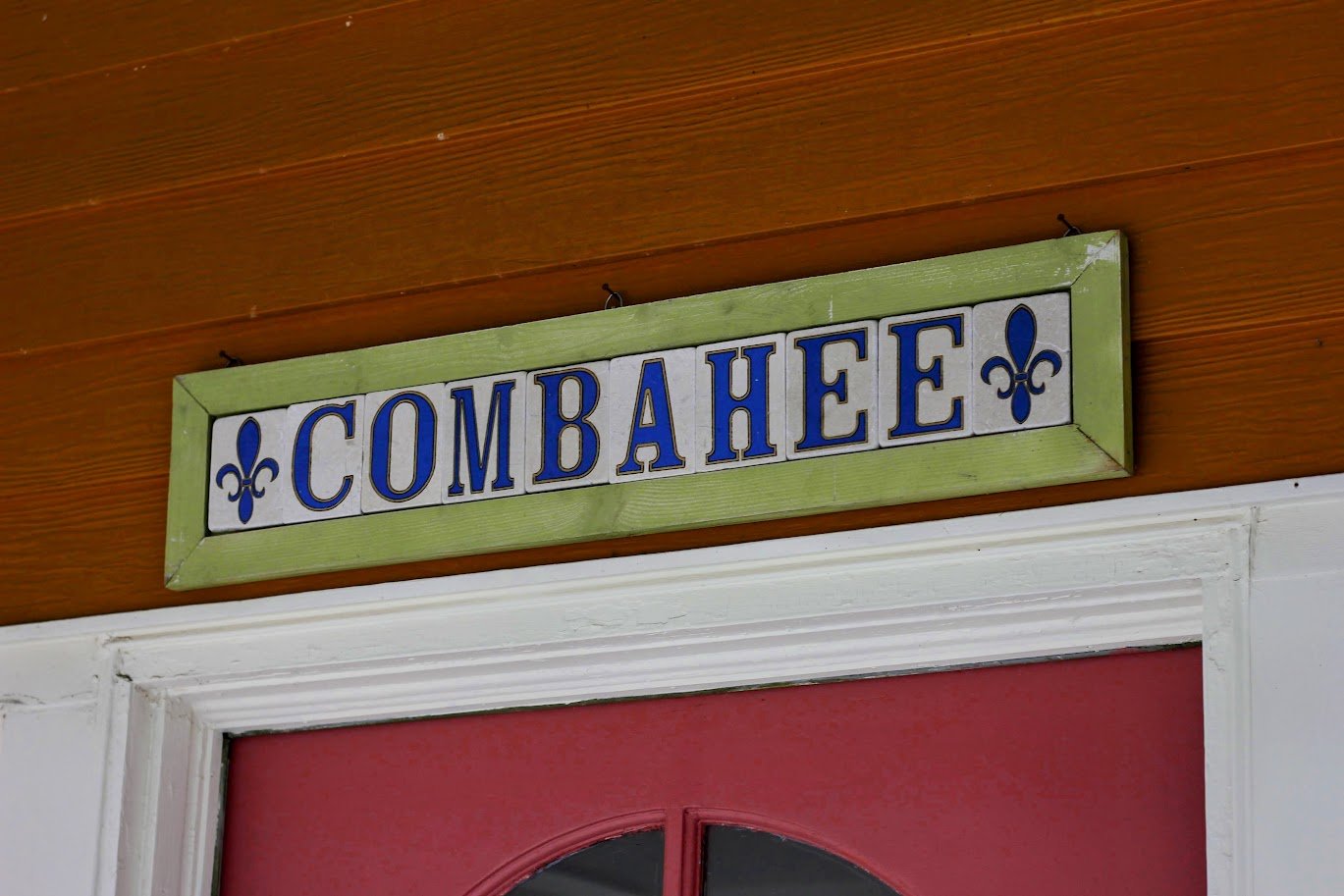episode 4:
ashby
(she/he/they)
Left: Ashby - Photographed by Niyah Shaheed (2025). Right: Ashby's Backyard - Photographed by Niyah Shaheeed (2025).“I’m Queer in a way I never anticipated as a child…
But I love it.
I love who I’ve become.”
“I grew up in a white Pentecostal church, which sometimes feels like an oxymoron. Very much speaking in tongues. Very much catching the holy spirit, and literally running down the pews in the middle of the sermon.
It was a very traditional, white heteropatriarchal lifestyle - even though all my family is Black…
That started to shift for me around adolescence. I learned about Black radical tradition and I was like, Oh this feels more aligned with where I’m at than all the things I learned in church.”
Left: Ashby - Photographed by Niyah Shaheed (2025). Right: Art piece by Tamara Natalie Madden in Ashby's backyard - Photographed by Niyah Shaheed (2025)Asbhy - Photographed by Niyah Shaheed (2025)“By seventeen, which was senior year of high school, I wore my very first pair of men’s pants.
And that was significant because as long as my mom was shopping for me, she was like, ‘You are not wearing boy’s clothes.’
It wasn’t until I was making my own money, and I had my own car that I was able to go to store and buy what I wanted to wear.”
Right: “Facade of Charis Books and More, Little Five Points, Atlanta, Georgia, August 22, 1987" - Courtesy of Digital Library of Georgia. Middle: “Zami Members at the 1996 Atlanta Pride Festival - Courtesy of The Atlanta LGBTQ+ Historic Context Statement (2023). Right: ZAMI NOBLA Ukulele Group - Courtesy of ZAMI NOBLA“I’ve come to Atlanta and like I think a lot of ambitious Black folks who come to Atlanta, I wanted to make my mark on the city.”
“But then the other part is just deep appreciation of all that Atlanta has to offer to someone like me, a Black Queer feminist. It’s such a welcoming city because there’s people who’ve laid the ground before us.”
Left: Ashby and their dog Ella - Photographed by Niyah Shaheed (2025). Right: Ashby's backyard - Photographed by Niyah Shaheed (2025)“We as Americans, particularly as Black Americans, particularly as Black Queer Americans, have always been removed from our roots. We live in a culture that is really resistant to memory, to long term memory, to living in multiple different timelines.”
Angela Davis after her release on bail (1972). Courtesy of The Mercury News.James Baldwin and Bayard Rustin Photographed by Stephen Somerstein (1965).“[As a memory worker], my job is to reconnect the dismembering that we’ve experienced - through the trans-Atlantic slave trade, through McCarthyism and Red Scare, through complete obliteration of queer culture.”
“Know that you are already walking in an existing lineage of amazing Black queerness.”
Asbhy's Home - Photographed by Niyah Shaheed (2025).













